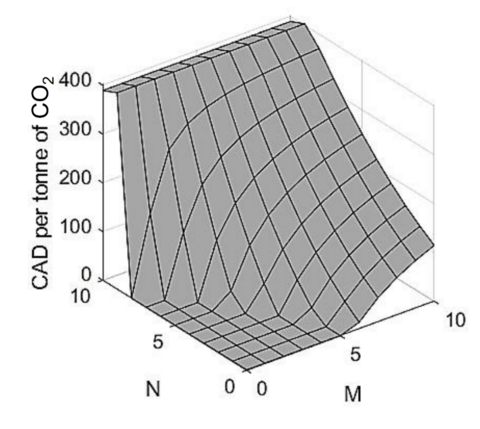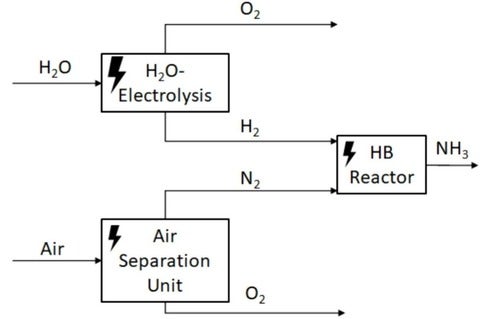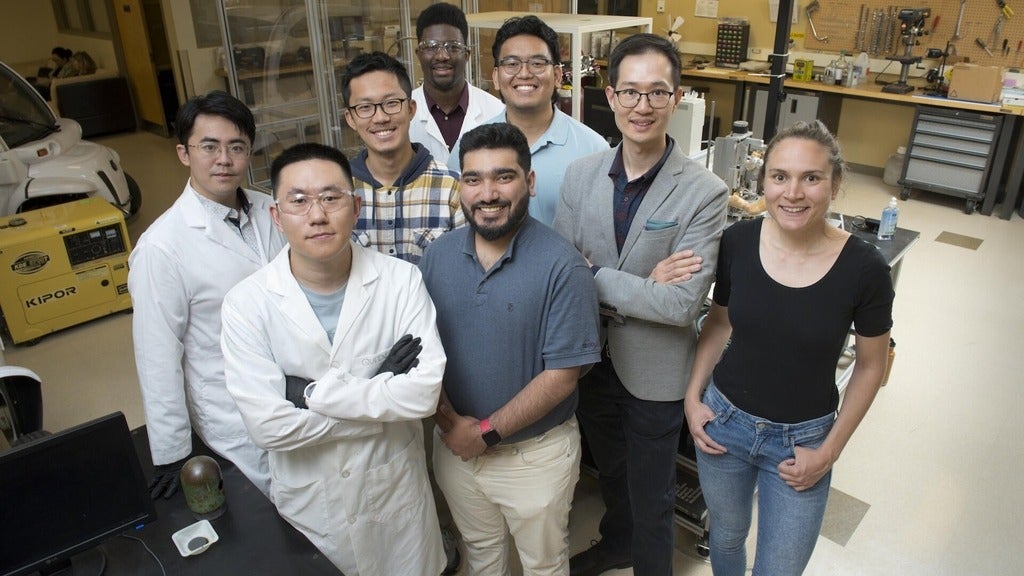Designing thermal management strategies for Li-ion battery packs
A recent work from our group studies rapid heating strategies for the cold-start of Li-ion batteries under subzero temperatures. The paper is titled "Thermal System Simulation of Heating Strategies for 21700 Lithium-Ion Battery Modules Under Cold-Start Conditions" and is available in Batteries with open-access.
Congratulations, Grace and Hanieh!







